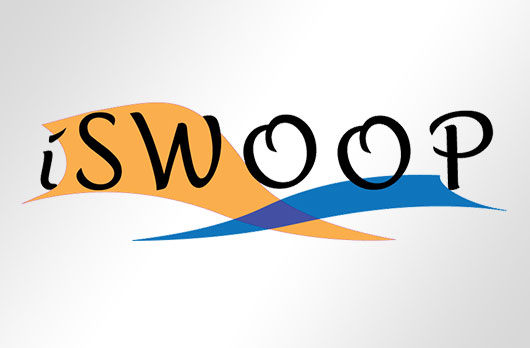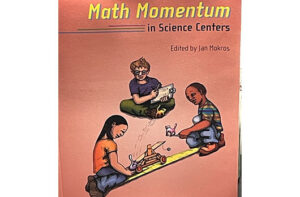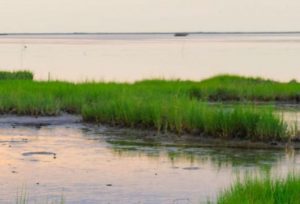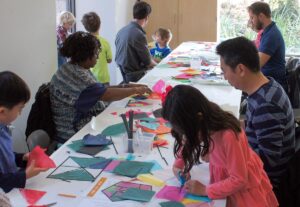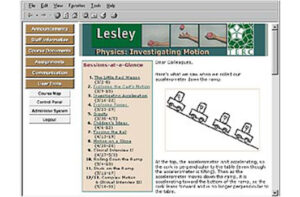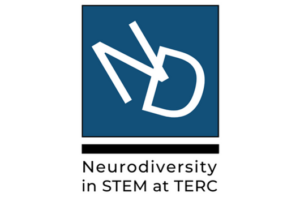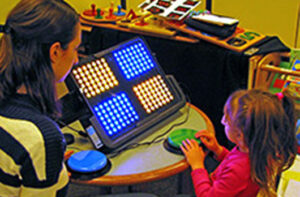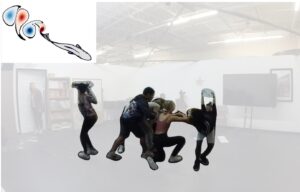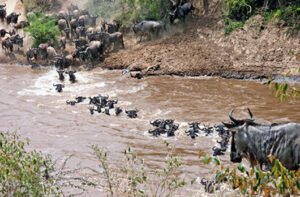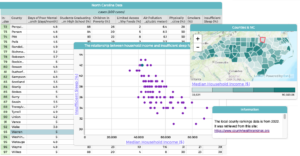Designing for Broad Understanding of Science Insights from Practice
Nickolay Hristov, Carol Strohecker, Louise Allen, Martha Merson
Integrative and Comparative Biology, Volume 58, Issue 1, July 2018, Pages 113–126
Summary
With the acceleration and increasing complexity of macro-scale problems such as climate change, the need for scientists to ensure that their work is understood has become urgent. As citizens and recipients of public funds for research, scientists have an obligation to communicate their findings in ways many people can understand. However, developing translations that are broadly accessible without being “dumbed down” can be challenging. Fortunately, tenets of visual literacy, combined with narrative methods, can help to convey scientific knowledge with fidelity, while sustaining viewers’ interest. Here we outline strategies for such translating, with an emphasis on visual approaches. Among the examples is an innovative, National Science Foundation-funded professional development initiative in which National Park rangers use scientists’ imagery to create compelling explanations for the visiting public. Thoughtful visualizations based on interpretive images, motion pictures, 3D animations and augmented, immersive experiences complement the impact of the natural resource and enhance the role of the park ranger. The visualizations become scaffolds for participatory exchanges in which the ranger transcends the traditional roles of information-holder and presenter, to facilitate provocative conversations that provide members of the public with enjoyable experiences and well-founded bases for reflection and ultimately understanding. The process of generating the supporting visualizations benefits from partnerships with design professionals, who develop opportunities for engaging the public by translating important scientific findings and messages in compelling and memorable ways.

Related People:
Martha Merson

